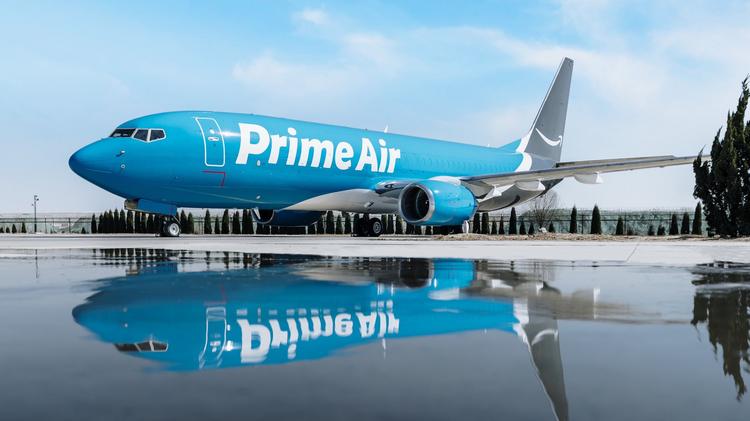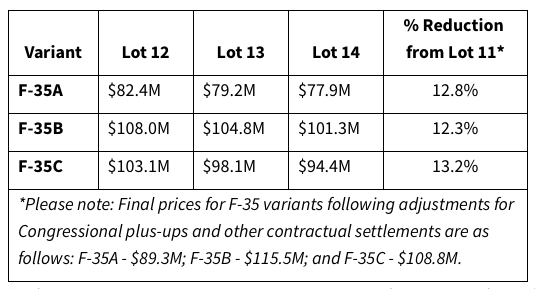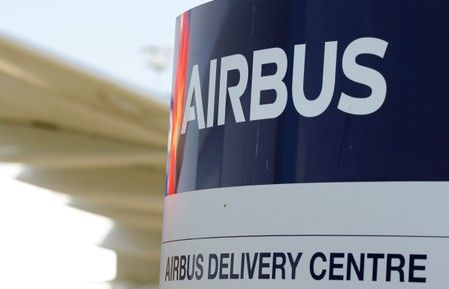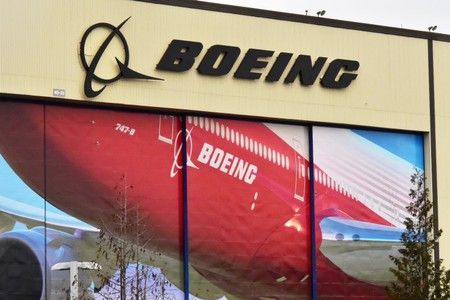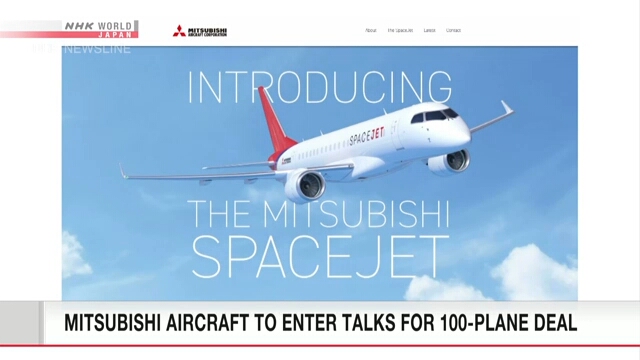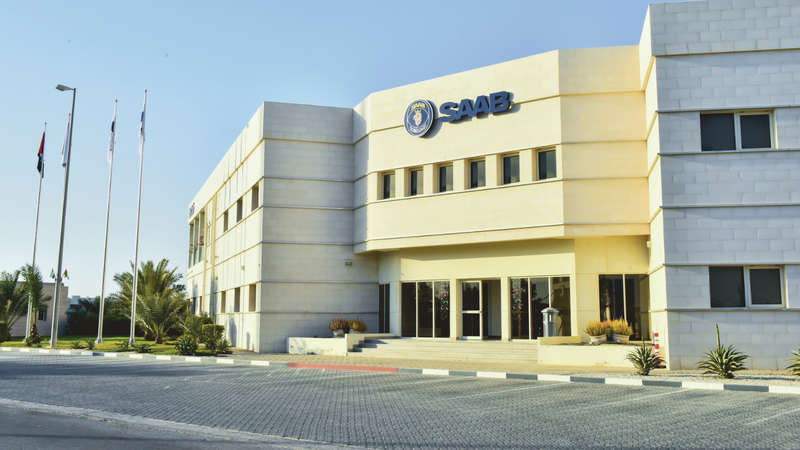In 1996, Bombardier Transportation pioneered a new mobility solution for Singapore’s first light rail transit system – the driverless BOMBARDIER INNOVIA APM 100 automated people mover. This fully automated transit system went into service in 1999 on the revolutionary Bukit Panjang LRT line to improve the quality of life for residents by connecting outlying residential areas with the high-capacity Mass Rapid Transit (MRT) rail network as well to schools, retail, community and healthcare centers.
2019 marks the 20th anniversary of the first APM’s entry into service, a historic milestone for Bombardier. The INNOVIA APM system embodies the evolution of automated transit operations over many years at numerous locations around the globe, from London and Guangzhou to Phoenix and San Francisco – the INNOVIA APM is in use in many of the world’s busiest international airports and city districts. Currently, Bombardier has 32 APM vehicles circulating Bukit Panjang with an annual ridership of 24 million passengers, bringing residents closer to their homes.
Singapore’s Bukit Panjang LRT line
Singapore’s Bukit Panjang LRT line, runs on a fully-automated people mover system based on the INNOVIA APM 100 automated people mover system. Already in service in many of the world’s busiest cities and biggest airports, this proven passenger mobility solution provides safe, swift and seamless connectivity between the outlying residential areas and the city.
The suburban town
The iconic Bukit Panjang LRT line is an 8-km automated guideway transit solution intended to serve the residential town located in the West Region of Singapore, acting as a replacement to the many buses deployed through the town, especially during rush hour. With an estimated population of 140,000, half of Bukit Panjang’s residents rely on the LRT for their daily commute. A complete loop journey takes 28 minutes, serving 13 stations, providing a feeder service to connect residents to the two high-capacity North-South (red) and Downtown (blue) MRT lines, moving them to the city.
Operating on a dedicated elevated guideway at a speed between 20km/h to 65 km/h, this arrangement ensures consistent service that provides shorter waiting times for the passengers without interfering with surrounding road traffic. The current BOMBARDIER CITYFLO 550 rail control and signalling system and wireless communications supports the system’s operation while ensuring seamless integration into the city’s existing infrastructure.

Upgrading Bukit Panjang
In 2018, Bombardier signed an asset replacement contract to upgrade the Bukit Panjang LRT system by supplying a fleet of 19 BOMBARDIER INNOVIA APM 300 vehicles, retrofitting 13 existing INNOVIA APM 100 vehicles, as well as upgrading its current CITYFLO 550 technology to the advanced CITYFLO 650 CBTC solution for a smoother ride for commuters. Other works include power rail enhancement and condition monitoring through Train Control Management System.
Working hand-in-hand with the Singapore Land Transport Authority to design a next-generation train with modern aesthetics, the new features incorporated advanced technology for improved performance and functionality, as well as enabling interchangeability with existing APM 100 vehicles. From 2022, the asset replacement is set to improve rail reliability, safety and availability for optimal performance of the Bukit Panjang LRT line.
The ride ahead
After two decade of services, the system achieved an improved performance and for the period of October 2018 to September 2019, it reached a rail reliability performance of 64,000 train-km before a delay of more than five minutes occurs on the system. Along with the Bukit Panjang LRT system upgrade, Bombardier will support a ten-year maintenance and spare part supply agreement to provide reliable services, ensuring that the authority and operator gain the maximum value from their assets over the lifetime of their system with proven competence. The renewed APM system will continue to set the high urban mobility standards for the Bukit Panjang LRT line and globally in the frame of Bombardier’s urban transit innovation.
Singapore LTA’s target is to expand its urban rail network to 360km by 2030, which creates demand and opportunities for rail manufacturers while driving innovation towards Singapore’s Smart Nation vision. Bombardier’s full spectrum of rail solutions, combining technology and performance with empathy, from driverless metros to automated people mover, helps deliver sustainable mobility and reduces energy consumption to create substantial benefits for operators, commuters and the environment.
Investing in Singapore for the last twenty years, Bombardier has delivered 276 driverless BOMBARDIERMOVIA metro cars for Singapore’s Downtown Mass Rapid Transit (MRT) line and 32 INNOVIA APM 100 cars for the Bukit Panjang LRT system. In 2018, two asset replacement contracts were awarded to supply 19 new INNOVIAAPM 300 cars for the Bukit Panjang LRT line and 396 MOVIA metro cars for the two high-capacity North-South and East-West MRT lines. Bombardier is committed to designing better trains, customizing solutions and creating better ways to move residents across Singapore, making sure Bombardier’s mobility solution works for the community and providing for the future.

